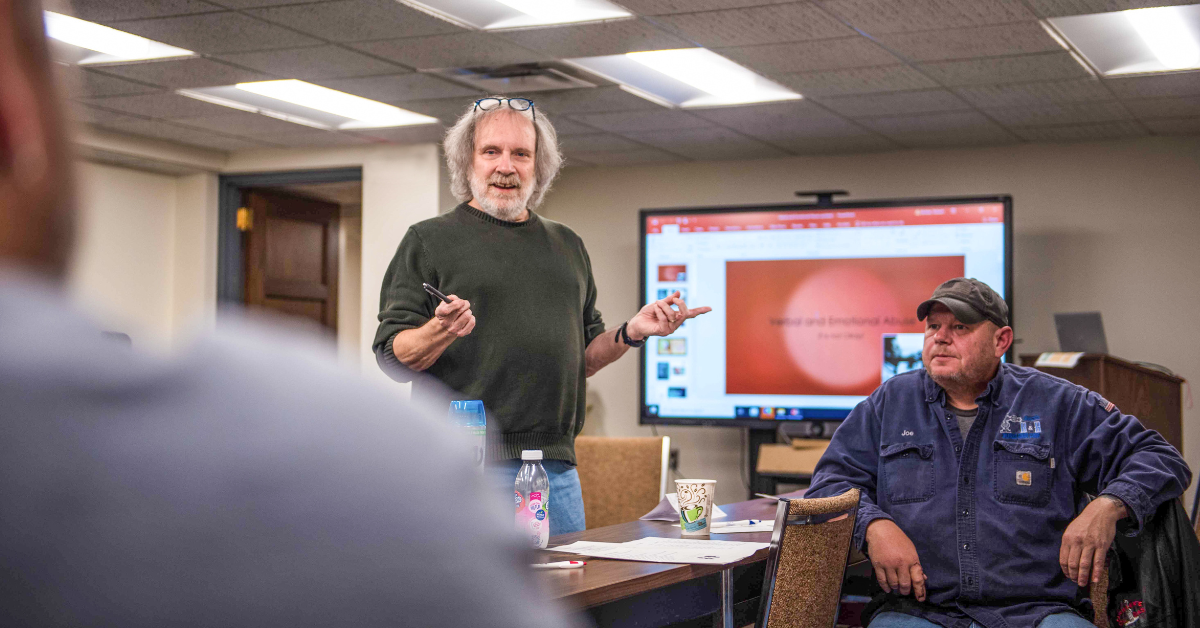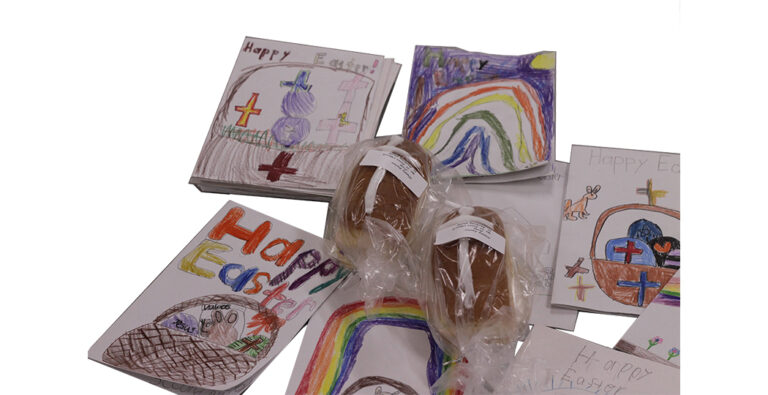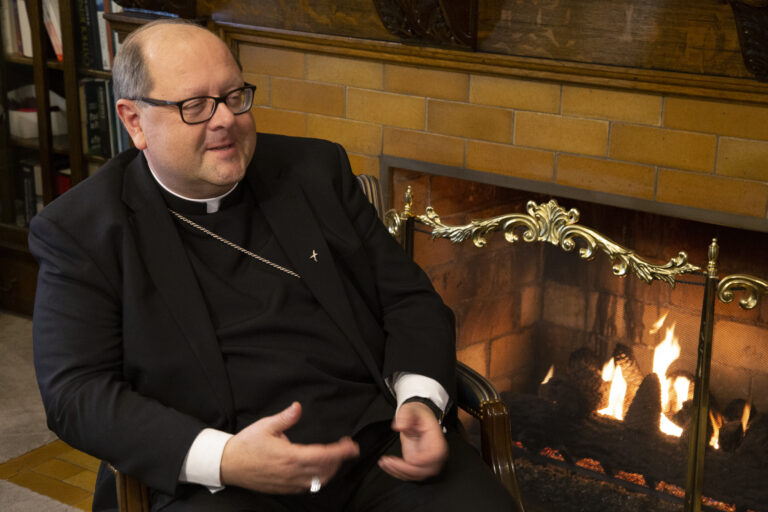
On Assignment in Bethlehem: What We Know About the Birth of Jesus
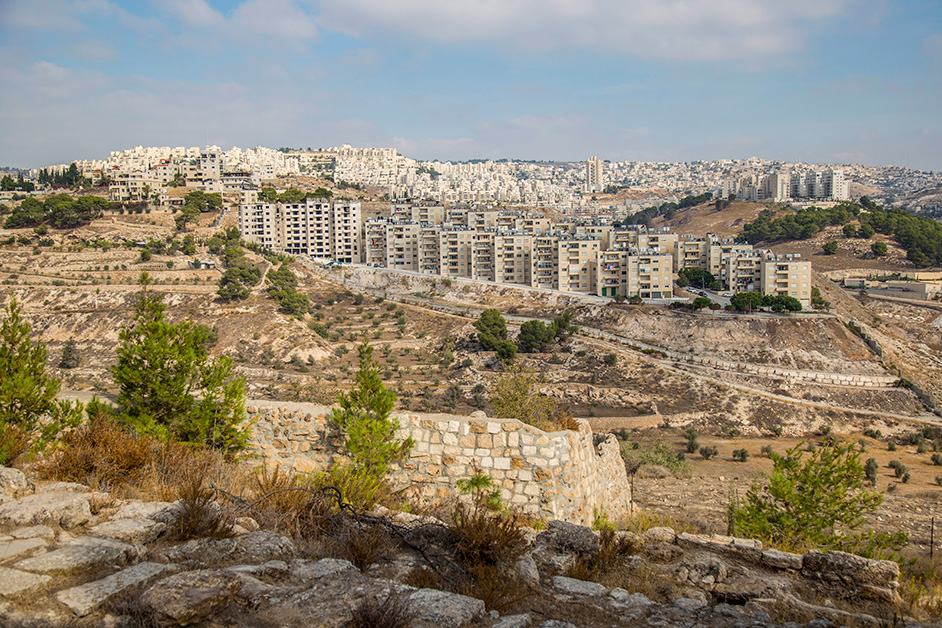
- Posted on
- in
- Feature Stories, Magazine, News, Print Editions
By Mary Seamans
A note from the writer: Christians, including many well-known saints such as St. Nicholas and St. Francis of Assisi, have been making pilgrimages to the Holy Land for centuries. In 2018, I accompanied 100 pilgrims to physically walk in the footsteps of Jesus and to deepen our personal relationship with Him. Everyone enjoyed reading or listening to Bible passages in the places where they occurred, and having time for prayer. Over the years, I have reflected on my visit there, especially to Bethlehem. I wanted to know more from theologians about the birth of Christ. Recently, I had the pleasure of speaking with Dr. Christopher McMahon, Department Chair and Professor of Theology at Saint Vincent College, Latrobe, and Benedictine Father Matthew Lambert, who is currently working on his doctorate in the Holy Land.
The Significance of Bethlehem
King David was once a humble shepherd boy from Bethlehem who went on to become one of Israel’s most important kings. He is written about throughout the Old Testament, noted for his love and commitment to God.
His legacy in Bethlehem had long since diminished by the time Jesus was born. According to both historians and theologians, Bethlehem was a mostly insignificant city at the time.
But Christian theology has linked this with the belief that Jesus’ birth in Bethlehem fulfills the Old Testament prophecy that Israel’s future king would come from Bethlehem.
McMahon notes, “There is this hope, this expectation, that God will raise up a descendent of David, and that descendent will fulfill the promises made through the prophets particularly through Micah. The association of this messianic figure with Bethlehem is strong in the minds and the hearts of first-century Palestinian Jews who have this hope for release, this hope for liberation, this hope for intimacy with God. And Jesus is the fulfillment of those hopes and expectations as presented in the Gospels of Luke and Matthew.”
There were only about 300 people living in Bethlehem when Jesus was born. Today, about 3 million visitors a year travel there to be closer to Christ.
The manger instead of the inn
Most of us are familiar with the Nativity story: Baby Jesus is wrapped in swaddling clothes, then laid in a manger because there was no place for Him in the inn. Three times in just a few short verses, the Gospel of Luke mentions the manger, or a feeding trough for cattle, donkeys, horses and other animals.
 The manger symbolizes the humble beginnings of Jesus, who would become the spiritual food for the world. But McMahon says the distinction between the manger and the inn as described in the Gospel of Luke is just as significant.
The manger symbolizes the humble beginnings of Jesus, who would become the spiritual food for the world. But McMahon says the distinction between the manger and the inn as described in the Gospel of Luke is just as significant.
“What we have here is a fulfillment passage, that there is a symbolic value to wrapping Jesus in swaddling bands and laying Him in a manger,” he says. “Jesus is laid in a manger because God is the food for Israel. God comes and presents himself in the manger so that the people of Israel can come to feed on his word, feed on his presence.”
They can come to know Him and recognize His presence as nourishing. Jesus comes into the world in the usual way and doesn’t stay in lodgings because He is in Israel where He belongs.
“He doesn’t stay in an inn where travelers or foreigners stay; He is at home,” McMahon says.
The Christ Child in the manger is one of the most recognizable symbols in the Nativity scene.
A Church marks the spot
The Church of the Nativity is located on the spot believed to be the birthplace of Jesus more than 2,000 years ago. It was built by Constantine the Great and his mother Helena in A.D. 327, and has survived invasions, rebellions and earthquakes.
“St. Jerome confirmed this location in the 4th century. The church that Constantine built underwent some damage, and a new one was built in the 6th century by Emperor Justinian, and he wanted it to be a very impressive church. That church is still essentially what we have today. It has gone through a lot of changes, renovations, construction and looting, but it is still the frame of the 6th-century church,” Father Matthew says. “Interestingly, there are still traces of the 4th-century church: there are mosaics, and you can also see remnants of the original apse.
 “There is a very curious entrance to the church that dates back to the time of the Turkish Empire. You can see that the door was originally much bigger. There is an overhang that goes back to the 6th-century church, then you can see a Gothic arch entrance from the time of the crusaders, but that was filled in, and what we have is a little unimpressive and very small door that was put in at the time of the Turkish Empire. The theological justification is that it encourages you to be humble to enter, since you have to bow down. Another explanation is that the Turkish government put that door in place to prevent looters from riding in on horseback or bringing in a wagon.”
“There is a very curious entrance to the church that dates back to the time of the Turkish Empire. You can see that the door was originally much bigger. There is an overhang that goes back to the 6th-century church, then you can see a Gothic arch entrance from the time of the crusaders, but that was filled in, and what we have is a little unimpressive and very small door that was put in at the time of the Turkish Empire. The theological justification is that it encourages you to be humble to enter, since you have to bow down. Another explanation is that the Turkish government put that door in place to prevent looters from riding in on horseback or bringing in a wagon.”
Pilgrims feel they are being transported back in time to the humble cave where it all began. The inside is dark and cool with no pews. On the walls are mosaics of saints and angels, and many icons. A set of steps leads down to the Grotto of the Nativity, which is said to be the actual birthplace of Jesus.
Marking the spot is a 14-point silver star on the marble floor under the Altar of the Nativity. Written in Latin, an engraving on the star reads: “Here of the Virgin Mary Jesus Christ was born.” Fifteen to 20 lamps hang down over the star, showing the influence of the Greek Orthodox Church.
- Tags:
- Print Editions Featured
RELATED STORIES

Catholic Daughters of the Americas, Court St. Bernard Education Contest Awards

Sister Mary Jean Petrarca, SC, age 91, entered eternal life April 19, 2024 in her 72nd year of religious life
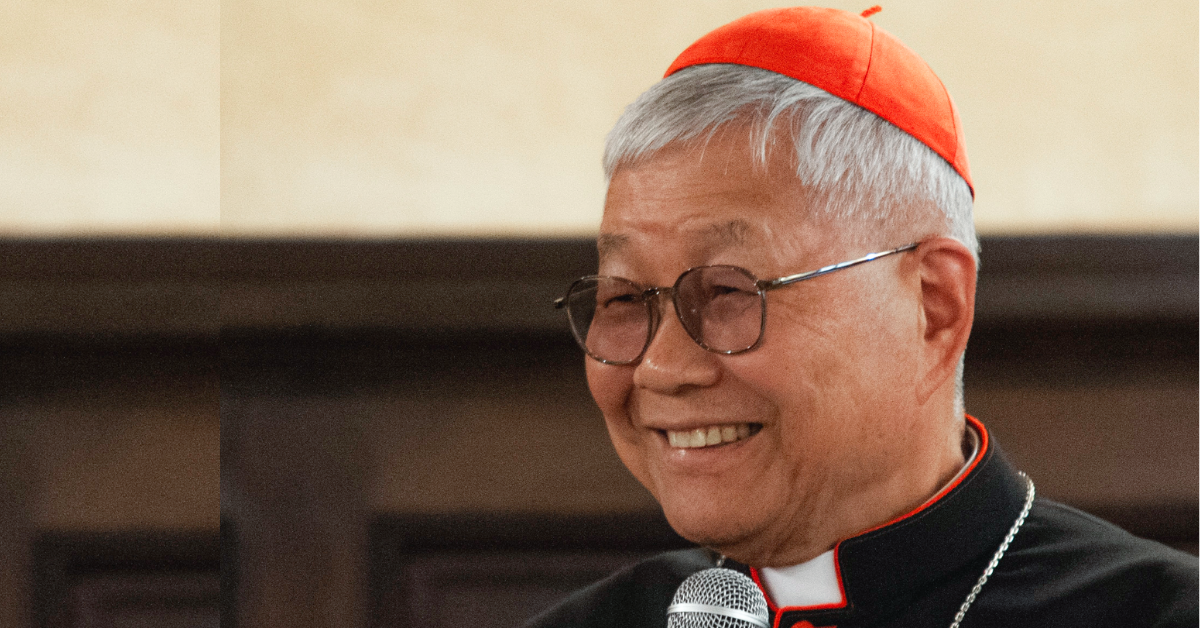
Cardinal: Vocation is call to happiness; right path is discerned in prayer

Catholics Participating in National Eucharistic Pilgrimage and the National Eucharistic Congress Have Opportunities to Receive Plenary Indulgences
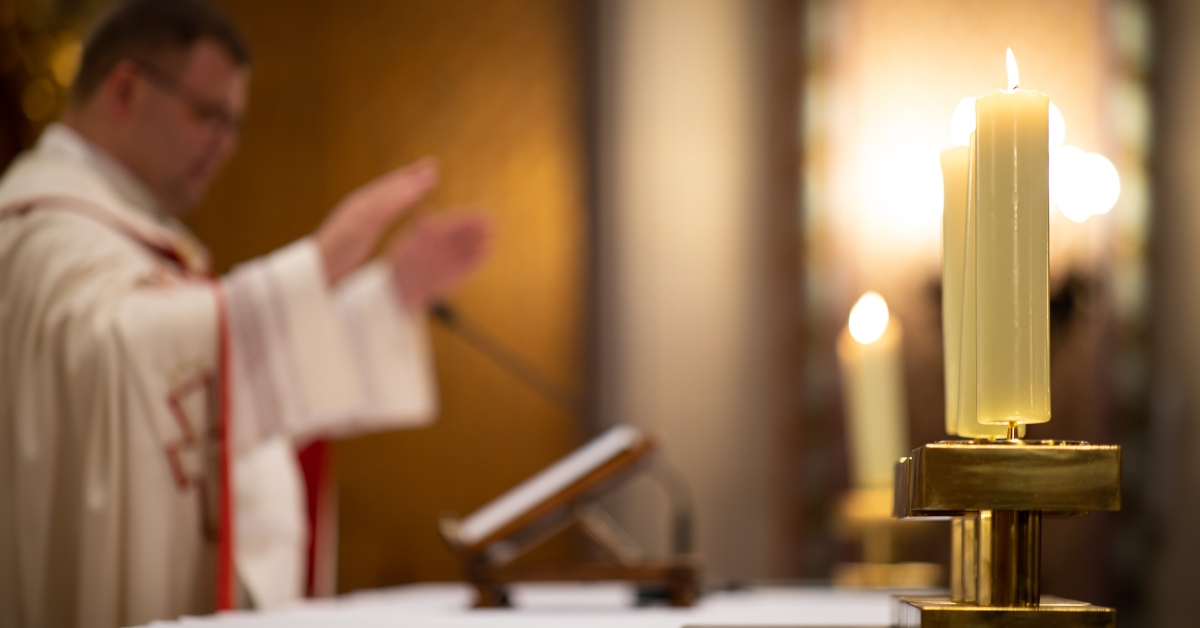
New Survey of Men Being Ordained to the Priesthood Underscores the Significant Influence of Parents on Children’s Vocational Discernment

Sister Grace Snyder, a Sister of Saint Francis of the Neumann Communities – Millvale, after 76 years of religious life.
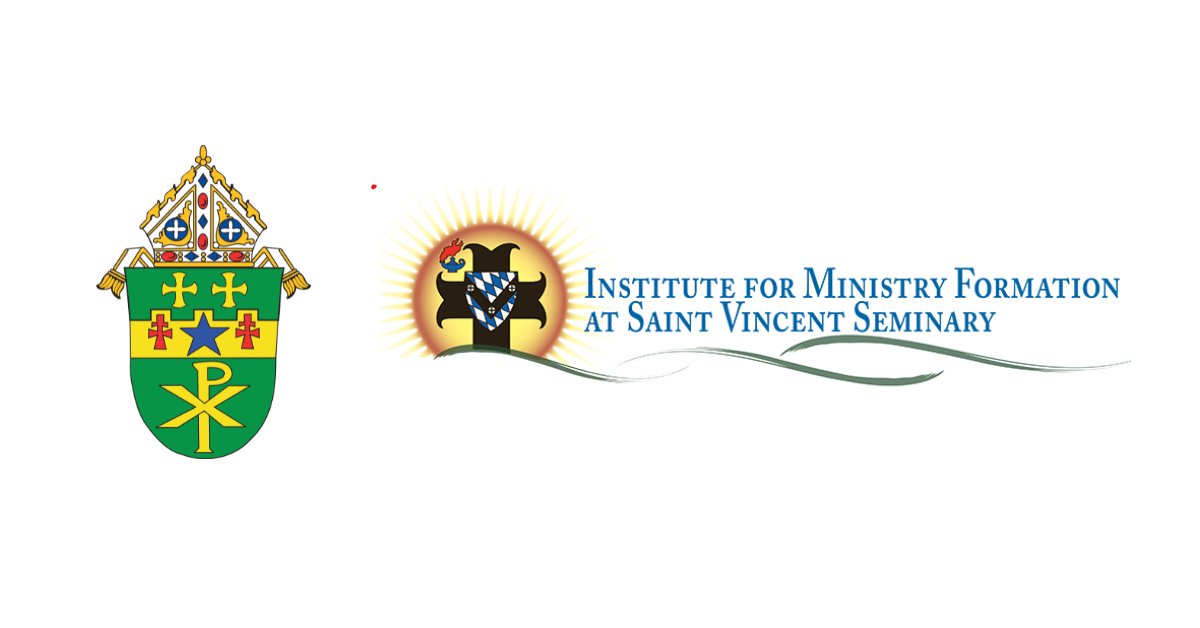
Diocese, Saint Vincent Seminary's IMF partner for formation program

Geibel Catholic's Bell marks 25 years of musicals

At Aquinas Academy, teamwork turns trash into treasure
